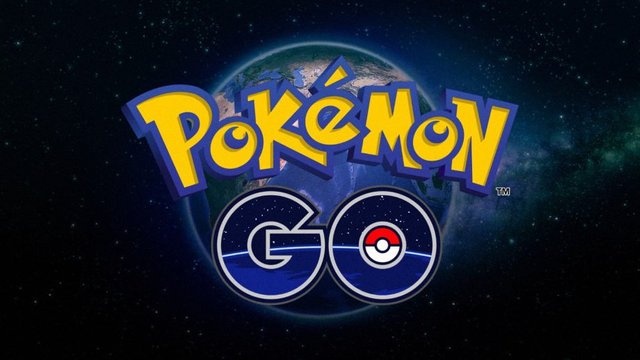What Businesses And Startups Can Learn From Pokemon Go
It's hard to deny that for a beautiful but brief moment in time, Pokemon Go was one of the most exciting things to happen to smartphones since Candy Crush and Flappy Bird stole the screen.
On the day of its launch, Pokemon Go was downloaded about 6 million times in the US, New Zealand and Australia. Niantic had to pause the release soon after because their servers couldn't handle the mass influx of users.
At its peak, Pokemon Go had a daily active user figure of 45 million users on 17 July 2016. By 16 August 2016, that figure that dropped by almost 15 million to just above 30 million daily active users.
Mistake #1: Not anticipating demand
Many would argue that this is one of those situations where you could not possibly know how popular your game would be. Spend a tonne of money upfront for servers that might not be used and you could lose money, not spend enough upfront and be put in a situation where new users can't signup and the experience for existing users is crippled.
Niantic took the dramatic step of putting the game on pause while they put out the server fires. Which was all they could do, to be honest. When your servers can't handle the load, it can be a mammoth task meeting the demand when you're on a sinking boat and plugging the holes with band-aids.
As a company, Niantic should have done some research and determined the interest in a Pokemon game. It wouldn't have been 100% accurate and predicted the influx, but it would have been some form of market research and it might have helped.
As someone who fits in the core demographic and loved playing Pokemon Go for a while, I could have told told you an augmented reality Pokemon game would be popular.
Mistake #2: Removing features and degrading the experience
As the popularity of Pokemon Go kept increasing, Niantic reduced some of its beloved features integral to the overall experience. The nearby feature that would show you when Pokemon are near was removed (a long time later they added something new that worked better, but it took a while).
There were two reasons for the supposed removal, one being that the feature never worked properly and the second was third-party websites were using this. In amongst all of this, the app was buggy and servers very unreliable.
The way Niantic handled the "Pokemon near me" feature was quite bad, especially when they didn't have anything to replace it with and were not exactly forthcoming about the reasons other than playing the blame game.
Removing features is something no company should do when they launch a product and achieve the kind of success and hype that Pokemon Go reached.
Mistake #3: Being hostile to third-party developers
Niantic notoriously took an aggressive stance against third-party sites based on Pokemon Go, most notably Pokevision which allowed users to see where Pokemon were on a Google Map. It plugged a missing gap in the Pokemon Go application itself until Niantic started cutting off the developers.
In all fairness, these services were using loopholes to get the data in undocumented and non-public API's built for the app itself. However, instead of Niantic embracing the third-party community (which was once quite big) and letting others improve the app, they cut these tracking apps off and even started blaming them for the performance problems and issues in the app.
Another example of a company being aggressive towards third-party developers is Twitter, who has had a turbulent history with developers as well. Go ask Twitter how their aggressive and anti-competitive stance on third-parties worked out for them.
This is the kind of situation a lot of startups and smaller businesses dream of, cultivating a dedicated following that are willing to not only support you and your product, but also work to improve it.
Mistake #4: Not listening to your customers
I am not sure what Niantic was doing, but they dragged the chain for months and years. People were asking for improvements to the game, new features and making some great suggestions (particular over on Reddit). But alas, Niantic seemingly marched to the beat of their own drum.
Whether it was poor management or circumstances out of their control, but ignoring the dedicated community and fanbase behind the Pokemon franchise was a MASSIVE mistake on their part and in part, was a huge reason for its rapid downfall in active users.
Mistake #5: Launching too early
This is a huge one and I am sure in hindsight, Niantic probably agrees that Pokemon Go was launched too early. In its launch state and subsequently for at least a year, Pokemon Go was missing a lot of features and basics.
Not many people probably remember the launch trailer for the game, but in this video, quite a few features not present at the launch and still not present in 2018 include:
- Ability to trade Pokemon with other players. Niantic CEO John Hanke said in an interview in 2016 that it's a core element and it's coming, but it's 2018 and still no trading
- The Pokemon are quite static. In the launch video Pokemon looked less cartoonish and did more, they moved around and integrated with the environment.
- Player vs player battles. Once again, it's 2018 and one of the biggest requested features is missing.
- Group battles. Once again, another missing feature promised in the trailer that still isn't present.
Who knows, maybe Pokemon Go might have retained its launch popularity if it launched with these promised features. It's probably too late now.
Conclusion
Pokemon Go has taught us that launching too early, not doing research prior to launch and not improving or listening to your customers can cause a great business to lose its customers and slow down growth.
